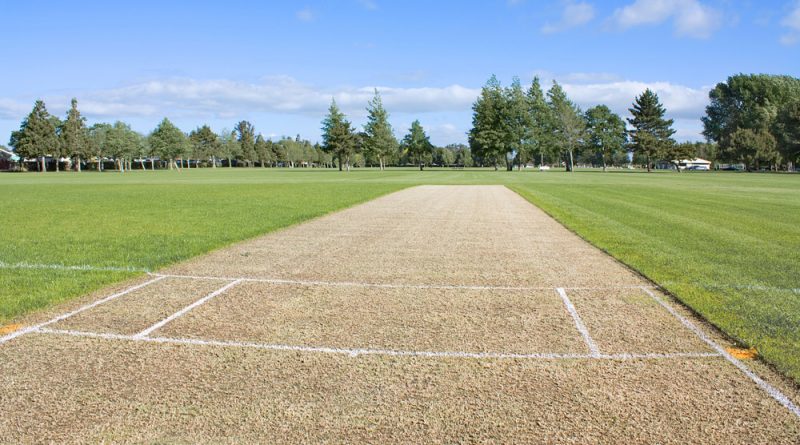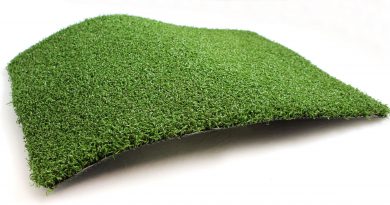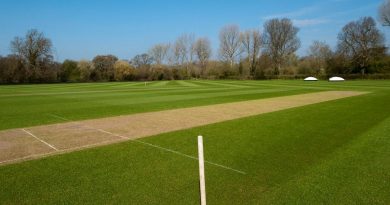Artificial Cricket Pitch Maintenance
Are you able to breathe life into an older, neglected cricket wicket?
To standardise the playing surface and give a wicket which you can use in all circumstances, a large number of leisure centres, educational institutions and cricket clubs use synthetic wickets. Though artificial pitches will be more resilient than purely natural cricket wickets, they also need frequent maintenance to make sure they’re in tip top condition. The good thing is, even aged, uncared for cricket wickets may be brought back to life with a bit of Tender loving care along with the most suitable treatment plan.
Man-made Cricket Wickets
Artificial pitches are usually laid on either a dynamic (stone) or non-dynamic (macadam or concrete) base. The top of the cricket wicket is made of premium quality short pile carpet that is either timber edged and nailed or nailed directly into the aggregate. Shock pads are also fitted underneath the surface of the wicket to make sure the ball bounces perfectly and that the artificial pitch responds exactly the same way to the cricket ball every single time, regardless of the elements.
Maintaining An Artificial Wicket
Like many manufactured surfaces, synthetic cricket pitches have to be properly maintained if they’re to provide the most effective playing wicket month in month out. We recommend that anyone having an artificial cricket pitch should really implement a yearly deep clean regime, level the batting zone continuously and use at least one chemical treatment every six months.
Despite having repeated maintenance, cricket pitches may deteriorate with time, shock pads can solidify and surfaces may become irregular. If you notice that the bounce of the ball has started to become uneven or that the surface area is looking tired and worn, it might be time for you to give your synthetic playing surface a facelift. This url www.artificialgrassmaintenance.co.uk provides extensive more info on the main topic of cost of artificial cricket wicket.



